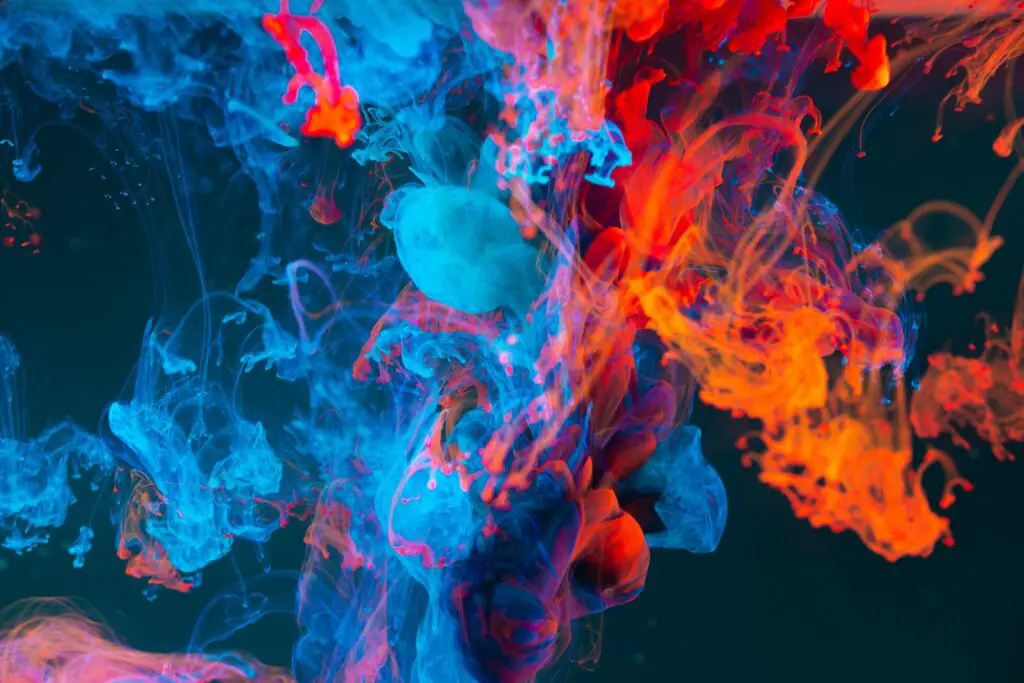The color of sadness and depression is a topic that has been explored in art, literature, and psychology. While there is no single color that universally represents these emotions, certain colors are commonly associated with sadness and depression.

One of the most common colors associated with sadness and depression is blue. The color blue is often used to represent sadness in literature and poetry. It is also used in popular culture, where phrases like “feeling blue” are used to describe a state of sadness or melancholy.
There are many theories as to why blue is associated with sadness. Some suggest that the association comes from the fact that blue is the color of the sky on a cloudy day, which can be a gloomy and depressing sight. Others suggest that blue is associated with sadness because it is a cool and calming color, which can create a sense of detachment and isolation.
Another color commonly associated with sadness and depression is grey. Grey is a neutral color that is often used to represent sadness and melancholy. It is often used to depict dreary and lifeless scenes, such as cloudy skies or abandoned buildings.
Grey is also associated with feelings of numbness and detachment, which are often experienced by people who are going through a depressive episode. In some cases, grey can even represent a feeling of hopelessness or despair.
Black is another color that is often associated with sadness and depression. Like grey, black is a neutral color that is often used to represent darkness, emptiness, and despair. It is often used to represent death and mourning, and it is also commonly used in gothic and emo subcultures to represent a sense of sadness and melancholy.
In addition to these colors, other colors are also associated with sadness and depression. For example, green is sometimes used to represent jealousy, envy, and bitterness. Similarly, purple is sometimes used to represent grief and mourning. It is often associated with feelings of sadness and melancholy.
While these colors are commonly associated with sadness and depression.it is important to note that everyone experiences these emotions differently. Some people may associate different colors with sadness, while others may not associate any colors with these emotions at all. Additionally, cultural and personal experiences can also play a role in how people perceive and interpret colors.
In conclusion, the color of sadness and depression is a complex and multifaceted topic. While certain colors are commonly associated with these emotions, there is no single color that universally represents them. Ultimately, the color of sadness and depression is subjective and can vary from person to person.